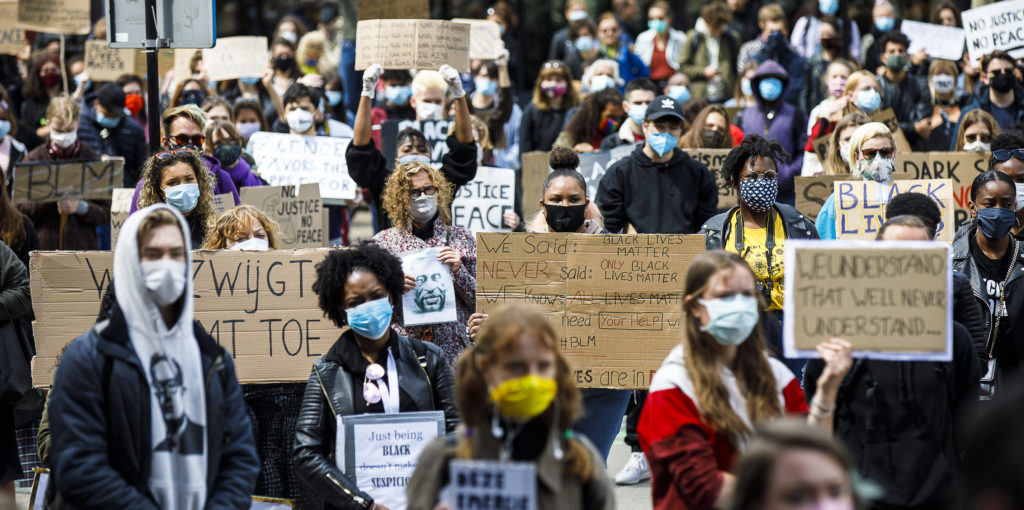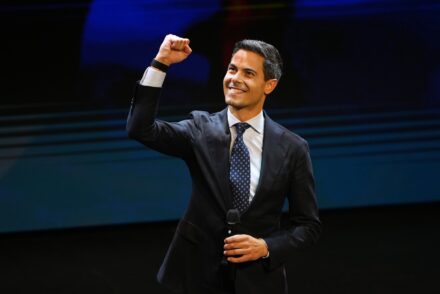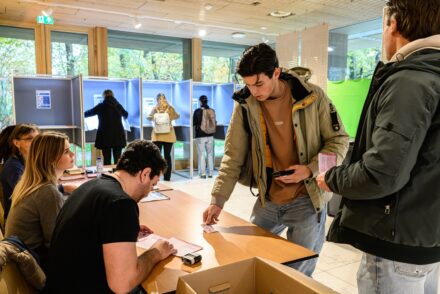From Hashtag to Street Protest: ‘#BlackLivesMatter is a Battle Cry for Minorities’
Protesting from the Couch? Sounds easy. Add a hashtag to a social media post, and you become part of a global movement. At least, that’s how it seemed five years ago during the #BlackLivesMatter protests. But is it really that simple? And how does hashtag activism work?

In 2020, massive protests erupted in the United States and beyond following the death of George Floyd, an African American man. Footage showing a white police officer kneeling on Floyd’s neck for nearly nine minutes spread rapidly. ‘I can’t breathe,’ Floyd repeatedly said—words that became the motto of a global movement.
People in the Netherlands also took to the streets. The hashtag #BlackLivesMatter became a worldwide symbol for social justice. But what has the movement achieved?
From Streets to Screens
According to Saif Shahin, an assistant professor in Cultural Studies and a researcher on digital activism, the rise of social media has fundamentally changed the way people protest. ‘Social media have become powerful tools. They allow people to connect with protest movements around the world without being physically present in the same place. That was unthinkable before.’
Traditional protests take place on the streets, with signs and slogans. Digital technology has given people a new way to protest. This now also happens through social media posts, often with a recognizable hashtag. According to Amnesty International, this still counts as protest: it’s a public expression of opinion by two or more people.
The hashtag #BlackLivesMatter originated in 2013 after the death of Trayvon Martin, a Black teenager who was shot by neighborhood watchman George Zimmerman. When Zimmerman was acquitted, activist Alicia Garza posted a message on Facebook saying, ‘Your lives matter.’ Her friend Patrisse Cullors shared that message on Twitter with the hashtag #BlackLivesMatter, and a digital movement was born.
Global Attention
After Floyd’s death on May 25, 2020, the hashtag gained worldwide attention. People from all corners of society joined the protest. A week later, artists and record labels blacked out their social media for ‘Blackout Tuesday’— an action separate from the original movement but widely spread, with millions of participants on platforms like Instagram.
The hashtag was also embraced outside the U.S. Protests took place in various Dutch cities, including Tilburg. Although the local context differed, the message remained the same: stop discrimination and racism.
According to Shahin, #BlackLivesMatter has since been used in different countries and for various causes. ‘In Brazil, Afro-Brazilians use the hashtag to address police violence. In India, where Muslims face discrimination based on religion, the hashtag was often paired with #MuslimLivesMatter. Thus, the movement became a battle cry for minorities and marginalized communities worldwide.’
What Does Online Protest Achieve?
Does hashtag activism really work? In the case of #BlackLivesMatter, Shahin believes it does. ‘Most people still know what #BLM is. And beyond the online world, #BlackLivesMatter also has offline gatherings. That’s crucial. If a protest remains solely online, people quickly lose interest.’
This makes Black Lives Matter a strong example of effective activism, according to Shahin. ‘The activists built a real community, collaborated with other organizations, and became less dependent on social media platforms. That has made the movement sustainable in the long term.’
Racism and discrimination are still prevalent in the world, even after #BLM. ‘Social change takes time,’ emphasizes Shahin. ‘Social media are an excellent starting point to mobilize people and form a collective identity. But ultimately, activists also need to take to the streets to show those in power that they really matter. That’s when you make a difference.’







